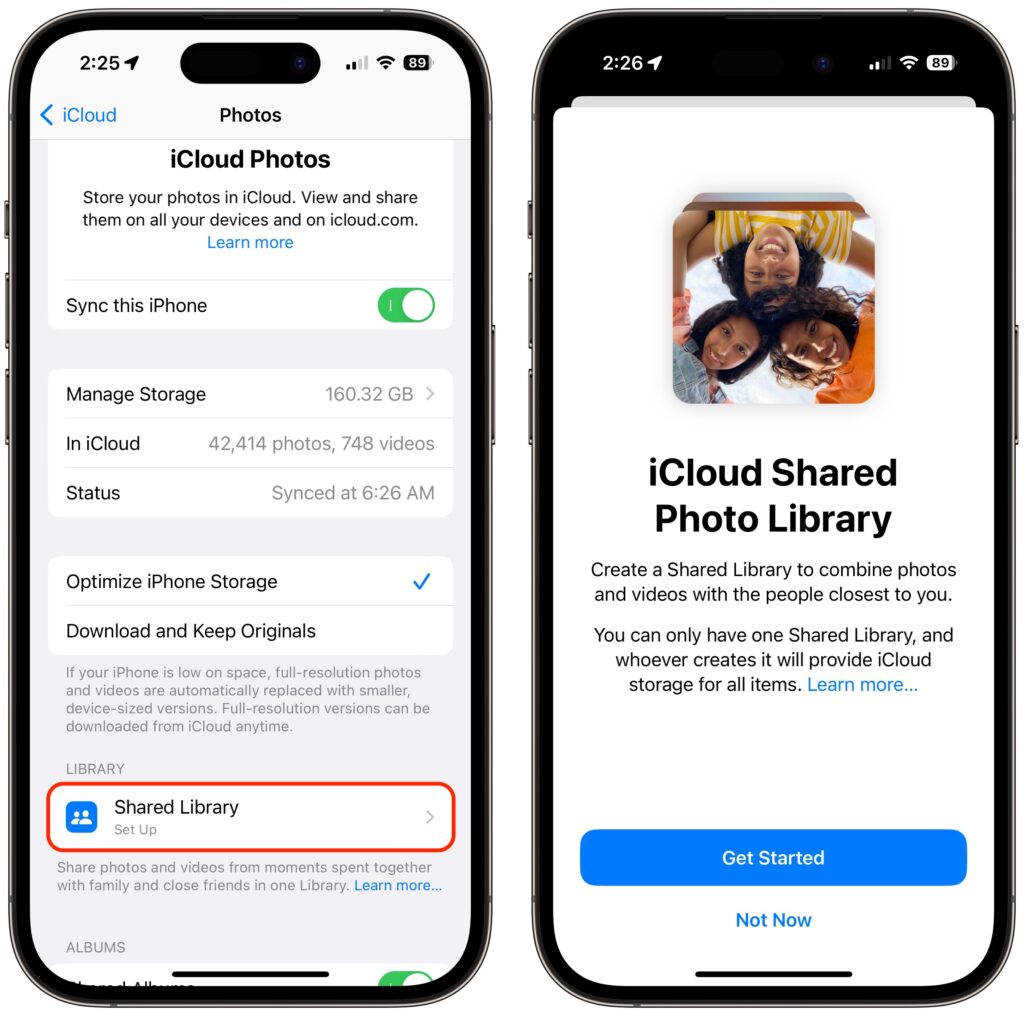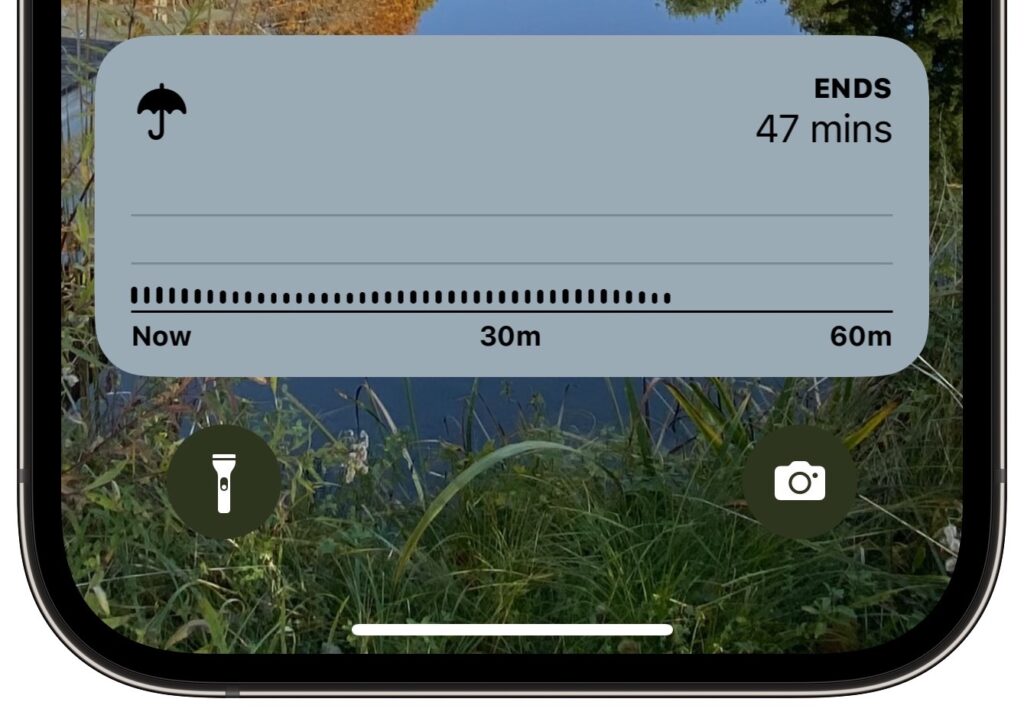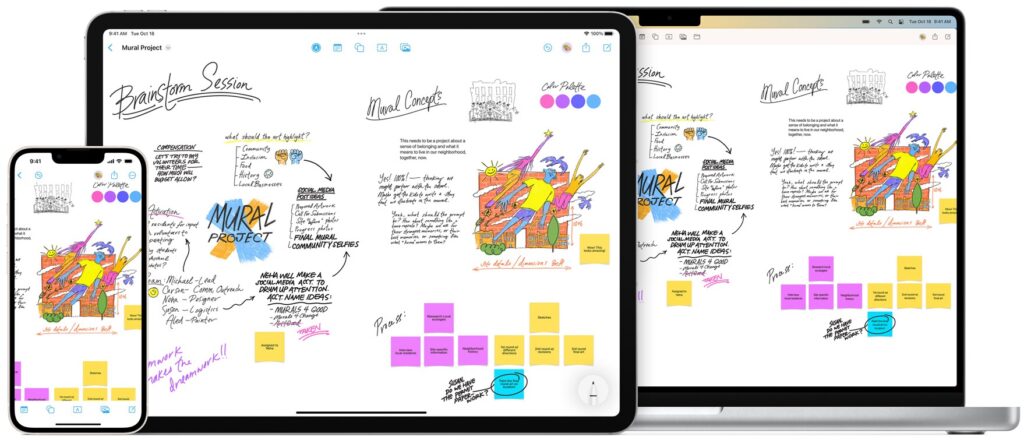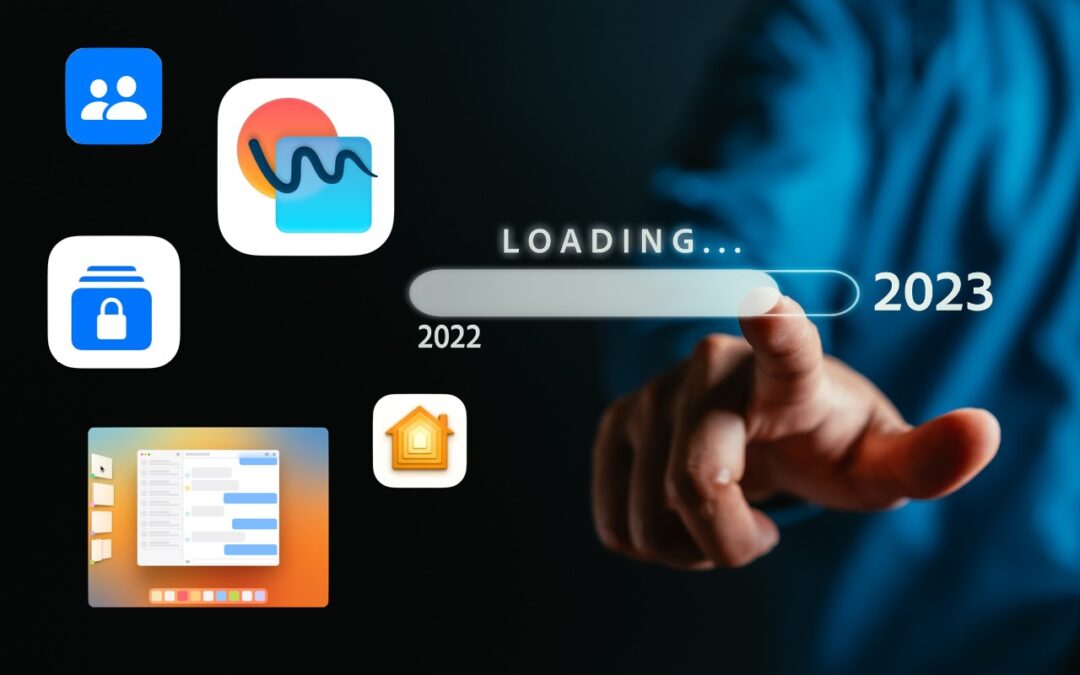Every year at its Worldwide Developer Conference in June, Apple previews planned features in the upcoming versions of macOS, iOS, iPadOS, watchOS, and tvOS. However, not all of those features are necessarily ready for the initial releases of those operating systems. In part, that’s because iOS must ship in sync with the latest iPhone models that Apple releases in September, whereas iPadOS and macOS often come out later. Even then, some of Apple’s promised features may not be ready for public consumption until the .1 or .2 updates.
Just before the holidays, Apple released a full set of updates, including iOS 16.2, iPadOS 16.2, macOS 13.1 Ventura, watchOS 9.2, and tvOS 16.2. Between those updates and the ones immediately preceding them, Apple has now delivered on all of its 2022 promises.
Here is a rundown of what’s now possible. Some features are specific to one of Apple’s operating systems; others cut across several and may work only on updated devices or even require that all your devices be upgraded:
- iCloud Shared Photo Library: Starting in iOS 16.1, iPadOS 16.1, and macOS 13.0, you can create another photo library and share it with family and close friends. It’s a great way to create a single shared space for photos and videos, but note that everything you contribute moves out of your Personal Library and into the Shared Library. Plus, everyone with whom you’re sharing has equal permissions to add, edit, and delete content in the Shared Library. The person who creates the Shared Library must have space in iCloud for it; it doesn’t count against anyone else’s iCloud storage.

- Live Activities: With iOS 16.1, Apple also unveiled Live Activities, a new type of dynamic notification that can appear on the iPhone’s Lock Screen or the iPhone 14 Pro’s Dynamic Island. Live Activities allow apps to display data like live sports scores (from the TV app), active weather (in CARROT Weather, below), flight tracking (in Flighty), and more.

- Freeform: The most notable addition in iOS 16.2, iPadOS 16.2, and macOS 13.1 was Freeform, Apple’s digital whiteboard app designed for collaborative brainstorming. It enables users to lay out a wide variety of content on a flexible canvas without worrying about fixed layouts or restrictive page sizes. Boards can contain text, hand-drawn graphics, sticky notes, shapes, and attachments—nearly any file on your Mac, iPad, or iPhone. Data syncs to your other devices through iCloud, and you can invite others (who must also be running a supported operating system) to collaborate on a board in real time.

- New Home architecture: Apple promised that the new Home architecture would be more reliable and efficient, although it’s not clear what that means. It does require an explicit upgrade, and once upgraded, devices that aren’t running the latest versions of iOS, iPadOS, macOS, watchOS, tvOS, and HomePod Software won’t be able to access the home. Apple has temporarily removed the option to upgrade after problems were reported, so perhaps wait until the company restores the upgrade and others have had a chance to test it.
- Stage Manager on external displays: The feature that initially caused iPadOS 16 to be delayed was Stage Manager, Apple’s new windowing paradigm for the iPad and the Mac. However, even when it first shipped in iPadOS 16.1, Stage Manager didn’t support external displays on the iPad. With iPadOS 16.2, you can finally have four apps in Stage Manager on the iPad display and another four on an external display. However, using Stage Manager on an external display requires an M1 iPad, which means the fifth-generation iPad Air, the third-generation 11-inch iPad Pro and later, and the fifth-generation 12.9-inch iPad Pro and later.
- Race Route and automatic track detection: In watchOS 9.2, the new Race Route feature gives you the option of racing your last or best time on any route you’ve run or biked at least twice. Plus, if you start an Outdoor Run workout while at a track, you’re prompted to begin a Track workout that optionally provides track-specific metrics like lap time and pace.
- Advanced Data Protection: In a surprise announcement in December, Apple unveiled Advanced Data Protection for iCloud, which extends end-to-end encryption to many more types of data in iCloud. For those concerned about breaches of Apple’s security or overreach by law enforcement, Advanced Data Protection is a very good thing. The downside is that when the feature is enabled, Apple cannot recover your data if you forget your iCloud password. For most people, the standard iCloud data protection remains sufficient. If you want to upgrade, note that all devices that you want to connect to your iCloud account must be running the latest operating system versions, which may not be possible for some otherwise fully functional older devices.
- Apple Music Sing: If you’ve been hankering to sing along with your favorite songs, Apple Music Sing is essentially karaoke for Apple Music subscribers on the iPhone, iPad, and third-generation Apple TV. Alcohol not included.
Between these new features and some important security updates, we strongly encourage anyone running iOS 16, iPadOS 16, watchOS 9, and tvOS 16 to update to iOS 16.2, iPadOS 16.2, watchOS 9.2, and tvOS 16.2. And if you’re still running an earlier version of one of those operating systems, you can upgrade to the latest at any time—they’re fine.
Similarly, if you’re already running macOS 13 Ventura—perhaps on a newly purchased Mac— you should update to version 13.1 to take advantage of security fixes. However, if you haven’t yet upgraded from macOS 12 Monterey, perhaps wait a little longer. There has been only one macOS update with bug fixes since the initial release of Ventura, so it feels as though another bug fix update might arrive soon, after which we may recommend general upgrades.
Thanks for reading the MacEdge blog.
(Featured image based on original by iStock.com/champpixs)

